Brief Guide to the History of Dance (Including a Timeline) in 2025
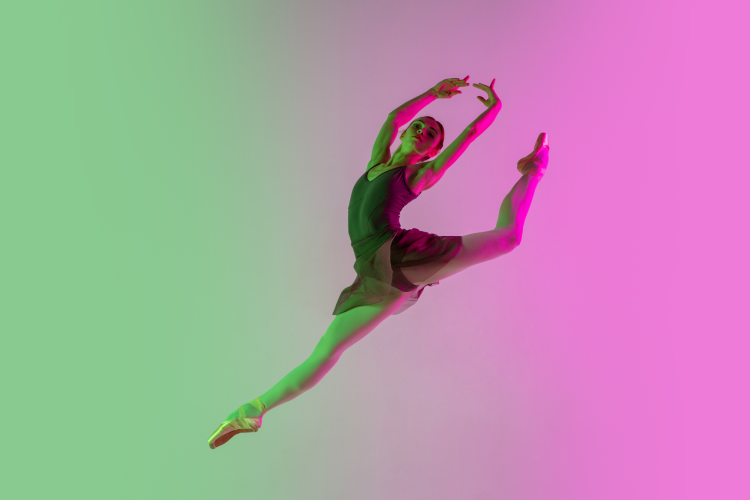
Dancing is such a pervasive part of our everyday lives that many people don’t consider the history of dance. But all the popular current dance styles have been informed by the types of dance that have come before them. What makes the history of dance so interesting is that it has been around as long as humans have roamed the earth. That’s because dance is directly related to culture and has been used as communication, in celebrations, ceremonies and rituals and as a form of expression and art. It continues to be used in this way right up to today.
So, what is the history of dancing? The first depictions of dance can be traced back to Indian cave paintings in 8000 BCE and Egyptian tomb paintings in 3300 BCE, according to Pattaya Mail. Most likely, these dances were performed for religious reasons. No matter the origins, dance connects humans through time and culture. Whether it be for ritual or for fun, dance is a common thread in society. Let’s dive into the history of dance from antiquity to the present day.
Jump to Section
What Is Dancing?
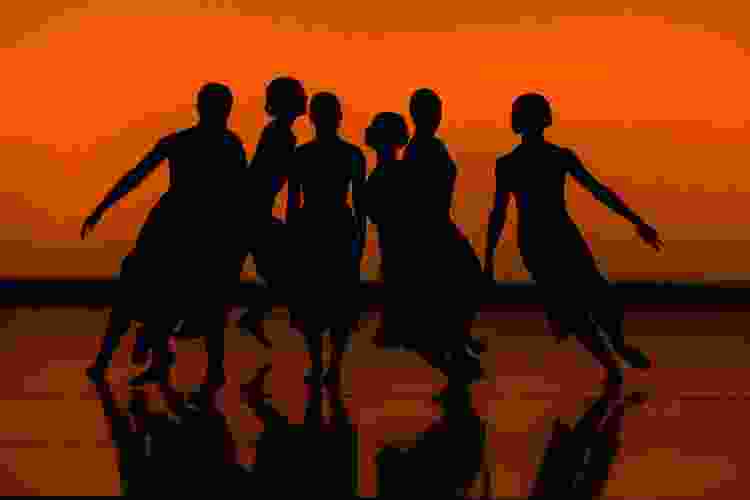
By definition, dance is physical movements to music or rhythm. However, dance is much more than that. It’s a mode of communication and a form of creativity and expression. Dance is a skill and an art form. If you look at the history of dance in the world, you’ll see it has also been used in religious and ritual contexts as well as celebrations. Contemporarily, dance is often used as a form of entertainment. Dance is also heavily related to and influenced by culture. All these explanations make dance extraordinarily diverse and unique.
The history of dance is as varied as the human race itself. Many types of dance have persisted through different eras of politics, new technology and cultural change. However, these changes in society have also informed and evolved dance to create new styles we enjoy today. Whether you learn about the history of dance in physical education or simply through your own research, the subject is an interesting look through human culture.
Why Is Dance Important?

Dance may be seen as mostly a hobby or a form of entertainment in contemporary culture, but dance is actually incredibly important to human culture. So, who first made dance? If you look back at the history of dance, it has been around since ancient times. Evidence of dance in religious and ritual ceremonies has been found in ancient Indian and Egyptian civilizations. Even as cultures have changed, dance is still used in these contexts as well as for celebrations and communications.
By learning the history of dance, you can learn more about culture and historical civilizations. Dance is a way for people to connect to their culture or religion, allowing them to feel closer to their ancestors, heritage and traditions. Continuing cultural dance also helps to keep these cultures and traditions alive.
In the contemporary era, dance is often a form of self-expression, social enjoyment or entertainment. Dance, like music, can be a universal language and experience, connecting people from around the world. By learning the history of dance and dance itself, you can strengthen bonds with a variety of people and cultures.
What is the Oldest Type of Dance?

You can learn salsa, hip hop and K-pop dancing in dance classes in Bay Area, dance classes in Chicago, dance classes in Las Vegas, dance classes in NYC and online dance classes. While there are plenty of dance types practiced today, these aren’t the oldest types of dance. So, how did humans start dancing? By studying the history of dance, experts believe humans started dancing as a ritual to attract a mate, celebrate the gods and for entertainment. Scientists have studied the history of dance in India through cave paintings.
However, when it comes to the oldest type of dance style, scientists believe that belly dancing is the oldest. By studying the history of dance in the world, experts believe that belly dancing began about 6,000 years ago and may have first been performed in Ancient Egypt. If you want to study the history of dance or learn one of the oldest dances in the world, you can learn how to belly dance from the experts.
History of Dance Timeline
Prehistoric Dance 9000 BCE
The earliest evidence of dance is believed to have come from the prehistoric period around 9000 BCE. Scientists found images of dancing figures on caves in Bhimbetka, India. This fascinating discovery proves that humans have been engaging in movement and dance since near the beginning of their time on this earth. This history of dance in India shows that these early dances were mostly part of religious ceremonies and rituals as well as a form of communication. This prehistoric evidence proves that dance is an integral part of human culture.
Egyptian and Mesopotamian Dance 2600 BCE
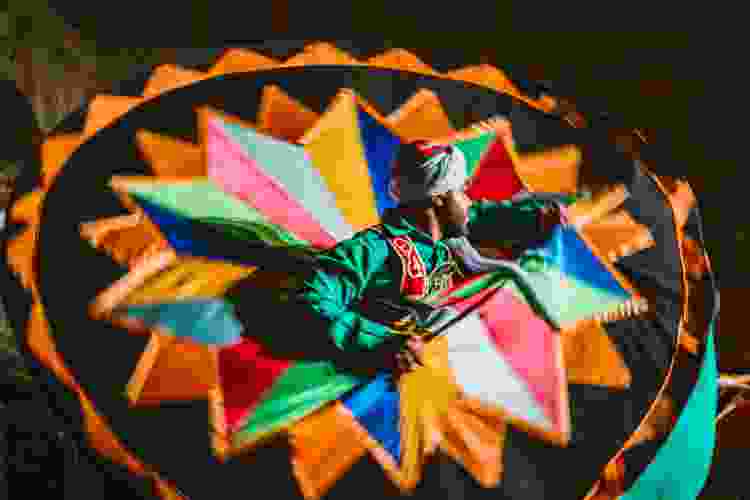
Next in the history of dance timeline, there is evidence of dance in ancient civilizations in Egypt and Mesopotamia around 2600 BCE. In both of these civilizations, dance was used during religious ceremonies by men and women. Evidence of this was found in King Tutankhamun’s tomb. The pharaoh's tomb featured images of dancers and musicians. Evidence points to ancient Mesopotamians using dance as part of religious practices in temples and performed during festivals.
Dance in Ancient Greece 600 BCE
The history of dance in ancient Greece shows that the society used it to honor the gods. However, dance was also used as a form of artistic expression, possibly marking the first time dance was used as a social or entertainment medium. In this ancient society, dance was performed during religious festivals as well as weddings and theatrical performances. One of the most famous ancient Greek dances is the Pyrrhichios, where armed men perform a martial dance.
Renaissance and Baroque Dance 1400s through 1600s
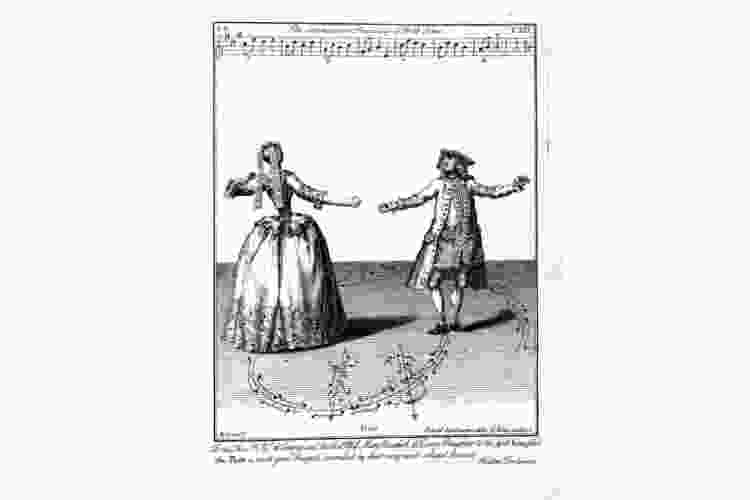
Moving forward to the 15th and 17th centuries, dance began to transform. In Europe, during the Renaissance and Baroque periods, ballet rose to prominence, specifically in Italy and France. During this time, ballet began to develop its own technique and repertoire of dance moves. This time period also saw the rise of ballet academies and ballet masters who taught the art. It was during this time that royal courts gained popularity, so courtly dances were also on the rise.
Romantic Era Dance 1800s
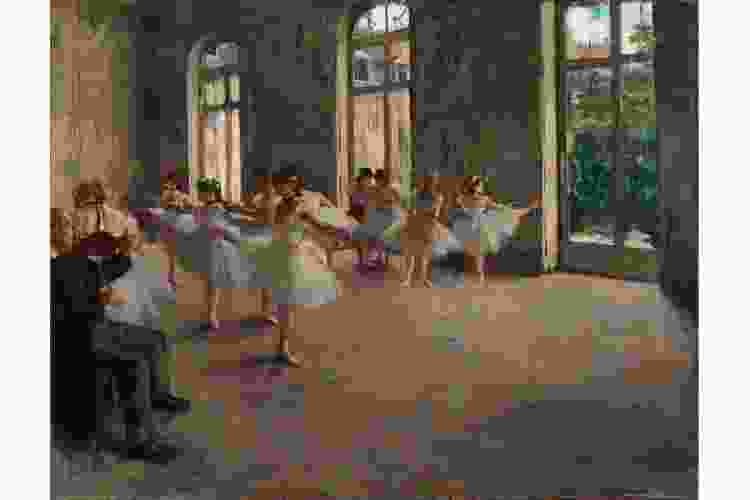
In this history of dance timeline, ballet continued to be of interest. The style was developed with more of a focus on storytelling and emotion and sought to highlight individual dancers. Watching ballet for entertainment and professional ballerinas rose during this time. The Romantic era also saw the origins of a classic dance: the first dance at a wedding. So, what is the history of the first dance? At formal balls, the guests of honor would dance first to open the ball. This tradition continued and eventually turned into the modern first dance we know today.
Resurgence of Folk Dances 1800s
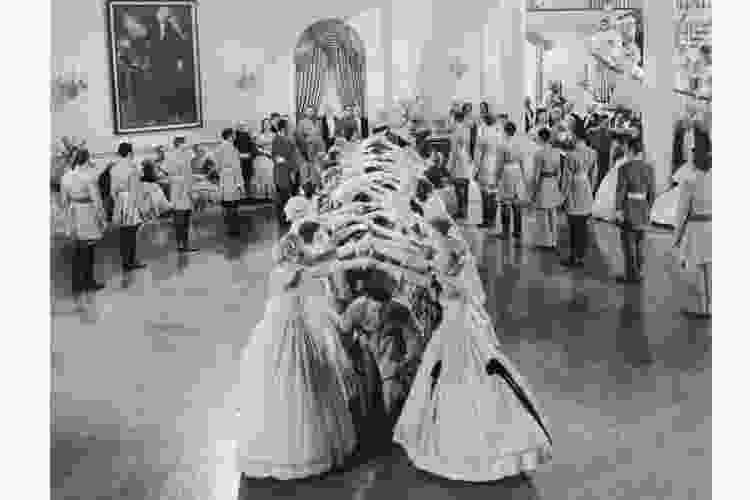
The 19th-century history of dance also saw a resurgence of folk dances. During this time period, many people were looking to reconnect with their roots and heritage, leading to a rise in cultural dances. During the 19th century, folk dances like Bohemia’s polka and Austria’s waltz gained popularity. You can still learn many traditional folk dances, including how to salsa dance, which is a style of dance influenced by Afro-Cuban folklore dances.
Modern and Contemporary Dance 1900s to Current Day
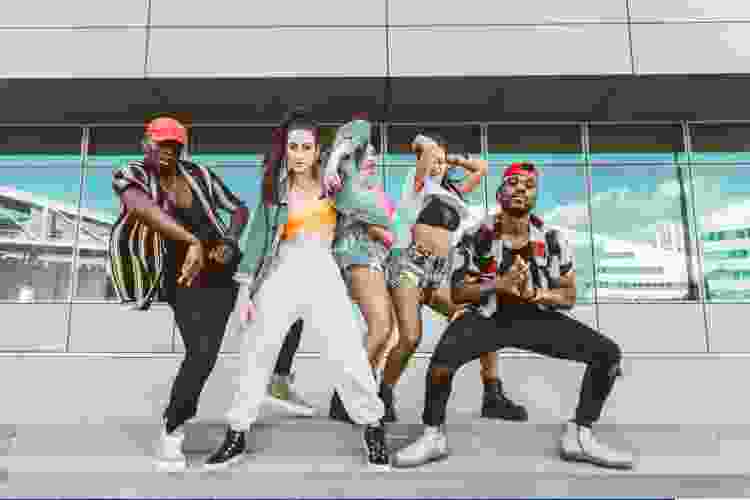
The 20th century onward saw a myriad of modern dances. This century saw the twist, the Charleston, the foxtrot and more. Each decade saw its own iconic dance styles as music and dancing became an integral part of social life. Hip-hop and breakdancing developed with the rise of hip-hop and rap, moshing came with heavy metal and punk and contemporary continues to be innovated to this day. Many people learn ballet, tap and ballroom dance in studios. And there is a history of dance in physical education, where kids learn how to line dance and other styles in school.
Famous Dancers in History
1. Fred Astaire
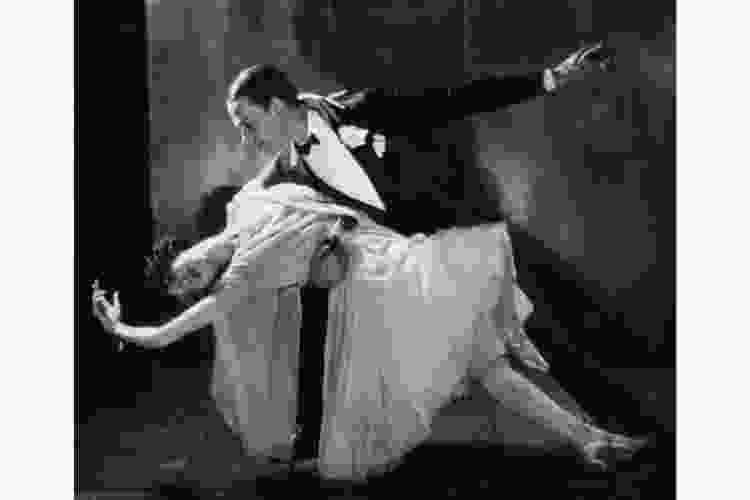
Fred Astaire was an important figure in the history of dance. Astaire was a dancer and choreographer who had a career on the stage and in film and television for over 76 years. He is well-known for his tap dancing and romantic duets with his female co-stars. He starred in Broadway shows such as “Lady, Be Good” and “Funny Face.” He’s also known for starring in “Top Hat,” "Swing Time,” and “The Band Wagon,” among others. He often danced with Ginger Rogers, Cyd Charisse and Judy Garland. His contemporaries included Gene Kelly and Bing Crosby. Astaire also co-founded the Fred Astaire Dance Studios, which now teaches many students how to slow dance, how to swing dance and other common styles.
2. Josephine Baker
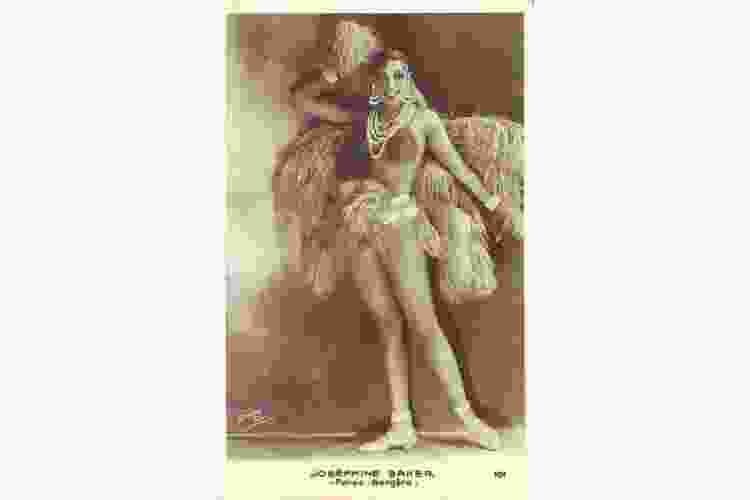
Josephine Baker was a renowned dancer and performer who made her mark in the history of dance. Performing mostly in Europe, specifically in her home country of France, Baker often headlined the famous Folies Bergère in Paris. She was also an actress and starred in “Siren of the Tropics,” making her the first Black woman to star in a major motion picture. When performing in the United States, Baker had to perform to segregated crowds and vehemently opposed doing so. She also contributed and supported the civil rights movement in the 1960s by becoming a civil rights activist.
3. Willi Ninja
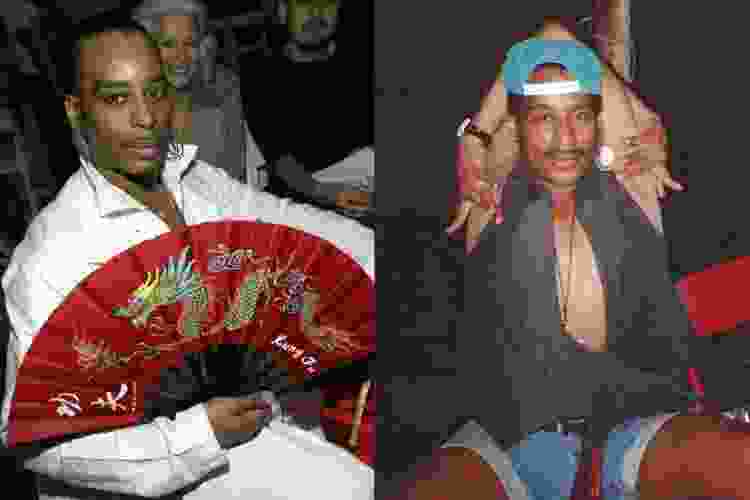
William Roscoe Leake, known as Willi Ninja, was a prominent figure in the modern history of dance. He was a dancer and choreographer from New York City. As a prominent figure in the 1980s Harlem ball scene, Leake became known as the Godfather of Vogue and was also featured in the famous documentary “Paris is Burning.” Voguing is a stylized dance style that was inspired by fashion models and martial arts and rose to prominence in the ballroom scene. Willi Ninja founded the House of Ninja in 1982, creating a group of ballroom and vogue dancers who were often gay or transgender.
4. Michael Jackson
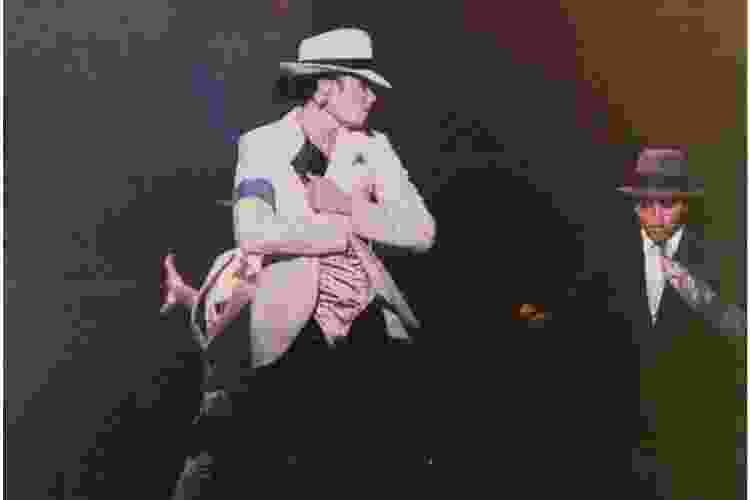
Michael Jackson is one of the most well-known dancers and performers in the history of dance. Known as the King of Pop, Michael Jackson is one of the most significant cultural figures of the 20th century. Beginning his career in show business as a young child as a member of the Jackson 5, Jackson eventually went solo in 1979. Though he’s often considered a singer, Jackson is one of the most entertaining dancers in history. He popularized street dances, such as the moonwalk and the robot. The dancing in his music videos, particularly for his song “Thriller,” has become culturally iconic and persists today.
5. Misty Copeland
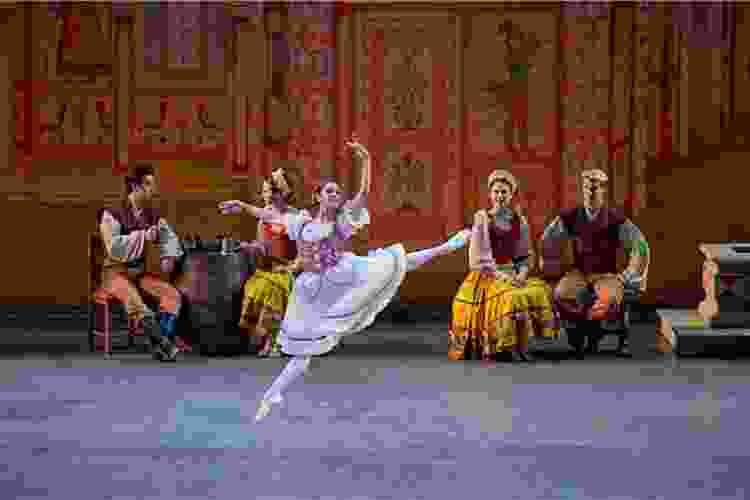
In the contemporary history of dance, Misty Copeland has made history and a name for herself. With a career that has spanned nearly 30 decades, Misty Copeland is a ballet dancer for the American Ballet Theater. The ABT is one of the three premier ballet companies in the country. In 2015, Copeland became the first African American woman to be named a principal dancer in the company’s 75-year history. Outside of performing for the American Ballet Theater, Copeland also starred on Broadway’s “On the Town” and was a featured dancer for musician Prince. Misty Copeland’s iconic pancaked pointe shoes — traditional ballet slippers caked in foundation to match her skin color — are displayed in the Smithsonian’s National Museum of American History.
Dance connects humans from around the world and throughout history; that’s what makes the history of dance so interesting. Dance has been used as a means of celebration, honoring religion and as an art form and hobby. The history of dance is full of diverse movements and meanings for culture and self-expression. Exploring the history of dance can be just as interesting as learning how to actually dance different styles.
For even more fun gift ideas, check out other experiences happening on Classpop!

